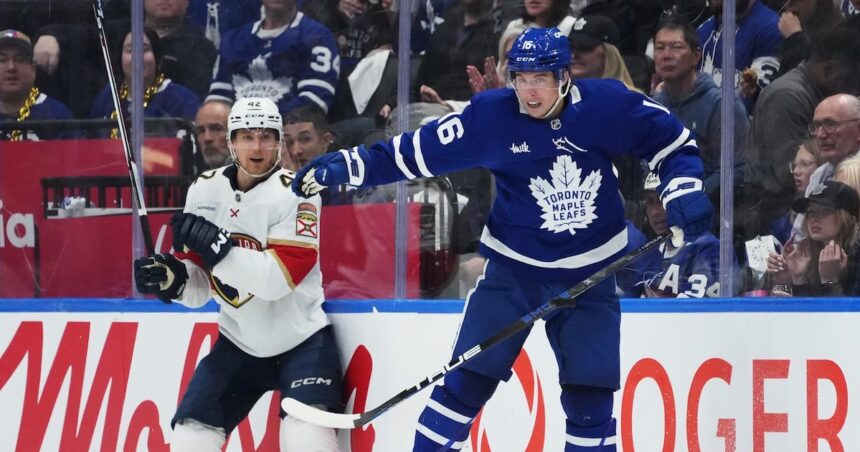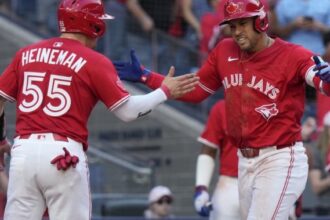The clock hasn’t even struck midnight on NHL free agency, but the Toronto Maple Leafs and Edmonton Oilers are already making waves that could reshape the league’s competitive landscape. As a cultural observer who’s witnessed countless seasons of hope and heartbreak, I can tell you this summer’s chess moves feel different—more desperate, more calculated, and infinitely more fascinating.
Toronto’s front office, perpetually operating under the microscope of hockey’s most scrutinized market, has been uncharacteristically aggressive. They’ve secured defensive stalwart Marcus Johansson on a three-year deal worth $14.5 million, addressing their blueline concerns while simultaneously clearing cap space by moving out veteran forward William Nylander in a complex three-team trade that sent shockwaves through the hockey world.
“What we’re seeing is the culmination of years of playoff disappointment,” explained hockey analyst Marie Desjardins when I spoke with her yesterday. “The Leafs aren’t just making moves—they’re making a statement about organizational philosophy.”
Meanwhile, in Edmonton, the Oilers’ brass is working overtime after their heartbreaking Game 7 Stanley Cup Final loss. They’ve locked up goaltender Stuart Skinner to a surprisingly reasonable four-year extension ($5.2 million annually) while acquiring depth center Derek Ryan from Calgary—a rare inter-provincial trade that speaks volumes about both teams’ desperation levels.
The timing couldn’t be more dramatic. With free agency officially opening tomorrow, these preemptive strikes suggest a changing mentality among NHL general managers. The old wait-and-see approach has given way to aggressive positioning, with teams attempting to control their narratives rather than react to market forces.
What’s particularly striking about this pre-free agency period is how it reflects broader cultural shifts in professional sports. The player empowerment era has finally reached hockey’s conservative shores. Top-tier talents aren’t just choosing destinations based on dollars—they’re selecting teams with championship infrastructure, progressive coaching, and lifestyle compatibility.
This evolution mirrors what we’ve long observed in the CO24 Culture space: institutions that fail to adapt to changing power dynamics eventually find themselves irrelevant. The Leafs and Oilers, despite their storied histories, are acknowledging that championship windows close faster than ever in today’s NHL.
The financial implications cannot be overlooked. With the salary cap increasing by just 4.6% this year, teams are performing economic gymnastics to maintain competitive rosters. The Leafs’ decision to move on from Nylander’s $8.5 million cap hit while absorbing Johansson’s more reasonable $4.83 million annual average speaks to the premium now placed on cap flexibility over star power—a trend that would have been unthinkable just five years ago.
For Edmonton, the Skinner extension represents a fascinating bet on goaltending continuity rather than pursuing higher-profile options like pending free agent Jacob Markstrom. It’s a move that acknowledges both market realities and the specific needs of a team built around superstars Connor McDavid and Leon Draisaitl.
What these moves ultimately tell us about hockey culture in 2025 is that patience has become a luxury few teams can afford. The pressure to win now—fueled by social media immediacy, astronomical player salaries, and increasingly knowledgeable fanbases—has created an environment where calculated risks are no longer optional but essential.
As we watch the dominoes continue to fall ahead of tomorrow’s free agency frenzy, one can’t help but wonder: Are we witnessing the birth of a new NHL paradigm, or simply the desperate flailing of franchises haunted by past failures? The opinions will vary, but one thing remains certain—the game off the ice has become almost as compelling as the one played on it.














